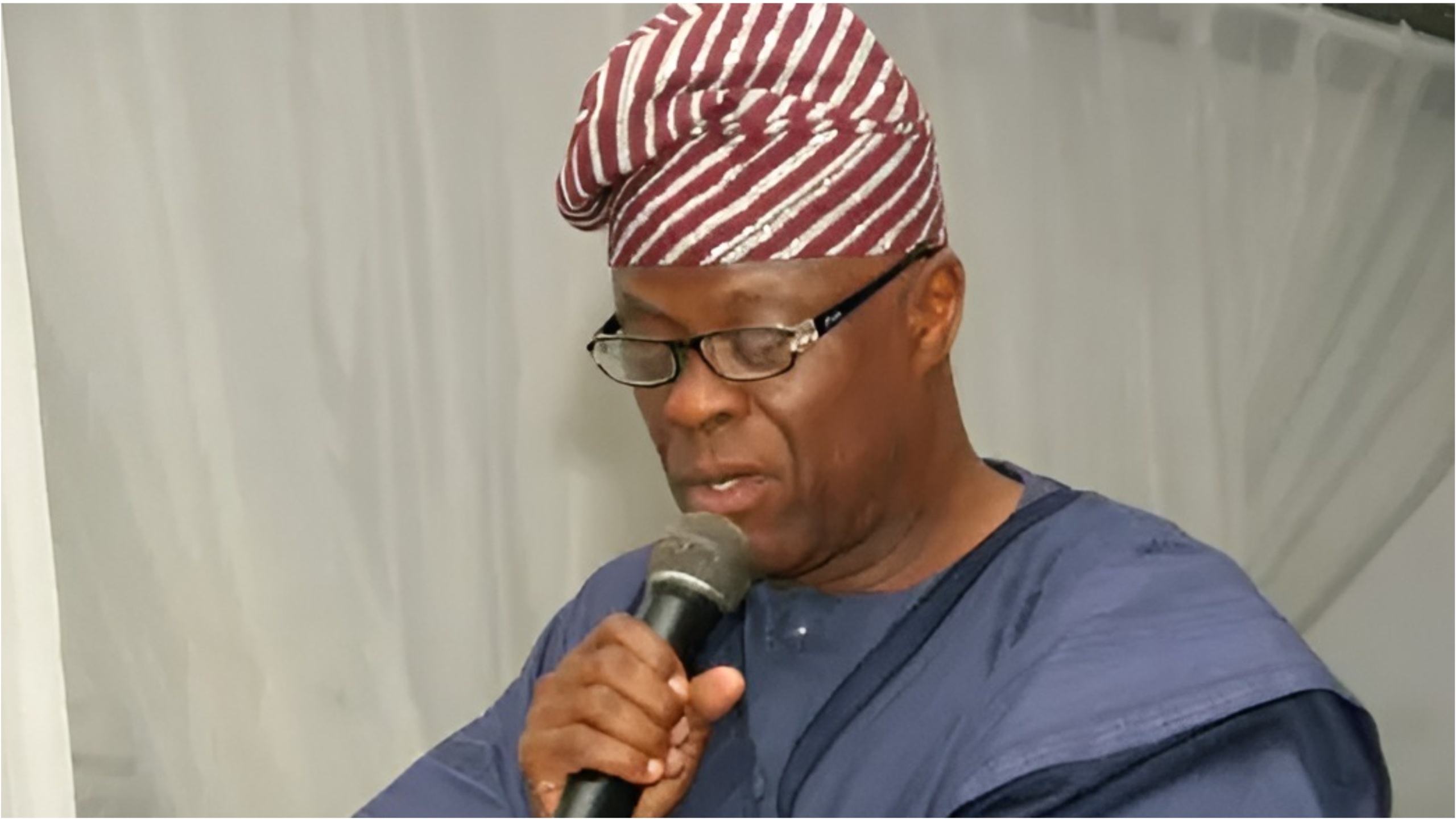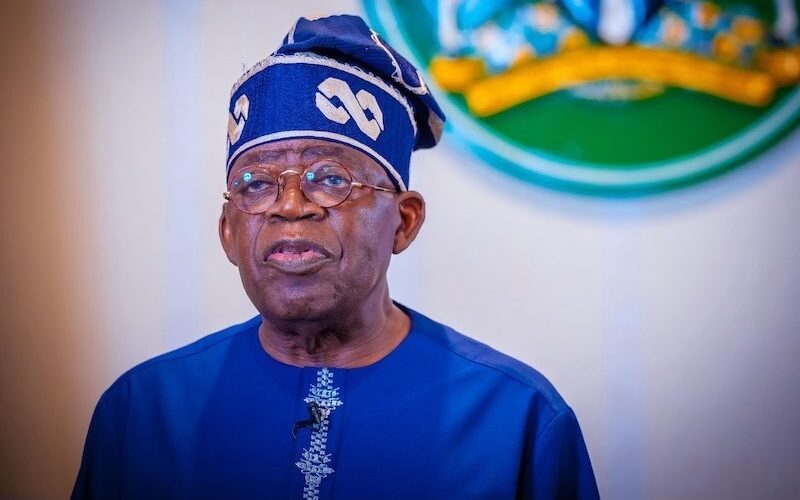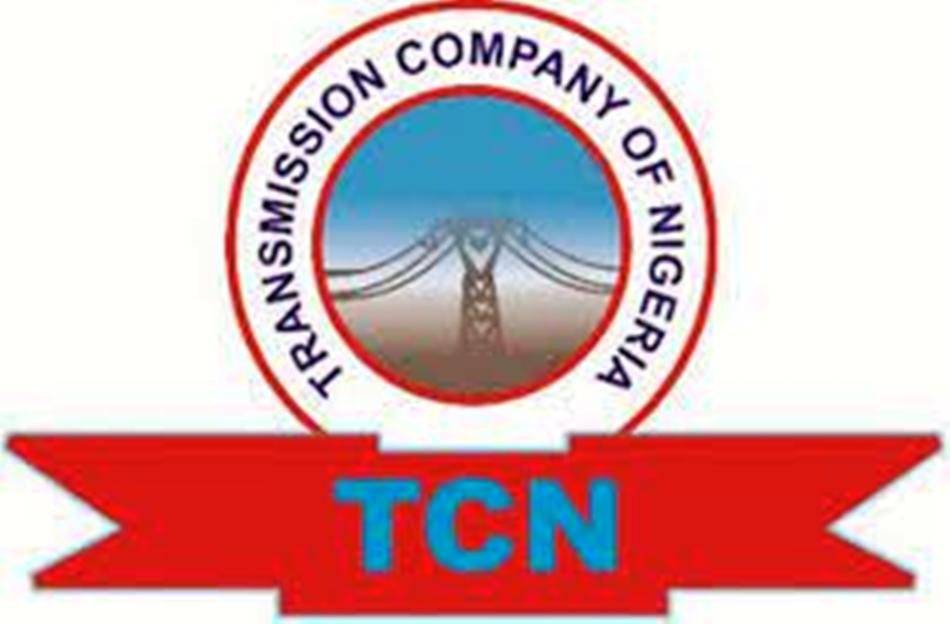•15% slammed on Nigeria may impact $1bn trade balance
•Ukraine war: US president, Russia’s Putin may meet next week
Emmanuel Addeh in Abuja
After months of delays and extensions, President Donald Trump’s comprehensive and sweeping tariffs slate took effect yesterday, shifting his global trade reset into high gear.
Most imports into the United States will now face a baseline 10 per cent duty, with the overall average effective tariff rate rising to more than 17 per cent, the highest since 1935, during the Great Depression, according to data from the nonpartisan Yale Budget Lab think tank.
In the context of Nigeria, the 15 per cent Trump-era tariffs will impact the country’s positive trade balance, estimated at $1 billion in 2024. This means that Nigeria exported $1 billion more in goods to the United States than it imported from the US during the period covered by the data. Trump intends to reverse this trend.
With the new regime, a wide variety of products will be hit, including collections on everything from European Union (EU) appliances and Japanese cars to food, furniture and toys from China and TVs from South Korea.
Selected oil and gas imports, along with some smartphones and a suite of goods covered by a pre-existing trade agreement with Canada and Mexico, are not affected, NBC news reported yesterday.
Together, the duties are the most significant move yet by a president set on tilting the global economy even more in favor of the United States. Trump was online to celebrate the moment.
“It’s midnight! Billions of dollars in tariffs are now flowing into the United States of America!” he said in an all-caps post on Truth Social.
So far, the duties have mainly been jostling the US economy instead. Tariffs, which are taxes on imports collected by the federal government, generally tend to raise costs, although there is some debate among economists about whether businesses or consumers ultimately bear the weight of those increased prices.
Yale’s Budget Lab calculates that the inflationary effect of tariffs will cost a typical household an average of as much as $2,400 this year. It forecasts one of the biggest impacts in clothing, with consumers facing 40 per cent higher prices for shoes and 38 per cent higher costs for apparel in the short run as retailers that rely on importing clothes from South and Southeast Asia shift supply chains or grapple with higher costs.
Global markets largely shrugged off the new tariffs, with European and Asian shares mostly higher on Thursday, CNBC reported. US stock futures were also up slightly.
Trump told CNBC that he still plans to impose import taxes on pharmaceutical products and semiconductors. Currently, only about a quarter of manufacturing facilities supplying the United States with key drug ingredients are actually based there, equating to a $116 billion deficit with the rest of the world.
As for semiconductors, the United States imports $40 billion worth, though the figure can also include chips produced in the United States, shipped abroad and repackaged inside finished goods.
Trump has also shown continued willingness to ratchet up duty levels at a moment’s notice. On Wednesday, he hiked the tariff rate for India to 50 per cent over the nation’s purchases of Russian oil, which he said was allowing Russia to continue to finance its war in Ukraine.
Brazil, too, now faces 50 per cent duties as a result of Trump’s displeasure with its treatment of former President Jair Bolsonaro, a Trump ally who has been detained on coup charges.
Trump also told CNBC he could raise the EU’s tariff level to 35 per cent from 15 per cent if it reneges on an investment commitment. Taken together, the 27-nation bloc is the largest US trading partner.
The Trump administration continues to insist tariffs are working, pointing to billions raised in new monthly revenues for the US government. The White House also notes that nations have pledged hundreds of billions of dollars in investments, though no details about how that money will be spent have been released. Stock indexes have also set all-time highs.
“The markets have seen what we’re doing and celebrated,” Kevin Hassett, Director of Trump’s National Economic Council, said on NBC News’ “Meet the Press.”
Market analysts say those gains have been largely driven by tech and bets on artificial intelligence, offsetting growing signs of weakness elsewhere, like a slowing labor market and softer consumer spending.
Overall, the U.S. economy as a whole now appears to be on much shakier ground than at the start of the year. Price growth has continued to pick up, while employment growth in manufacturing — the sector Trump and his allies have said would benefit most from the tariffs — has flatlined.
Some of that may also be attributable to elevated interest rates. But even non-manufacturing sectors are feeling the pinch. Comments cited in the Institute for Supply Chain Management’s survey of service-providing businesses for July, released this week, were filled with concerns about tariffs.
“Anticipation of the final tariff impacts is resulting in delayed planning for next fiscal year purchases,” an accommodation and food-services firm said.
The US unemployment rate has held steady at 4.2 per cent, still considered low — but most economists say that is partly a function of Trump’s immigration crackdown, which has shrunk the overall labor force. The unemployment rate among native-born Americans reached a pandemic-era high last month of 4.7 per cent.
However, there remains an outside chance that the courts will strike the tariffs down. A group of small businesses has sued the Trump administration challenging its authority to impose tariffs under emergency powers.
A trade court agreed in late May, but Trump’s lawyers obtained an injunction to keep the tariffs he had already imposed in effect. All of Trump’s tariffs on individual trading partners have been deployed using the law, which faces additional challenges from other suits.
Tariffs he has imposed on specific goods, like steel and copper, have been issued under a separate authority. In April, a bipartisan group of senators passed a bill to assert Congress’ authority as the only body allowed to impose tariffs, but the measure stalled in the House.
Meanwhile, the US President, Trump and Russian President, Vladimir Putin, have agreed to meet in the “coming days”, the Kremlin has said. It follows Trump saying there was a “good chance” he could meet his Russian and Ukrainian counterparts together in person “very soon” to discuss ending the war in Ukraine.
Ukrainian President Volodymyr Zelensky indicated support for that idea, while Putin said he was not against meeting Zelensky but he was “very far” from it happening.
Trump’s deadline for Russia to agree to a ceasefire in Ukraine or face more sweeping sanctions is due to expire on Friday (today).
A meeting between Trump and Putin would follow US envoy Steve Witkoff holding talks with the Russian president on Wednesday. Witkoff has travelled to Moscow four times previously, visits followed by optimism from Trump but ultimately no major breakthrough in peace talks.
Speaking yesterday, Putin said the United Arab Emirates could host his meeting with Trump, potentially as early as next week.
He said he was “very far” from a meeting with Zelensky because “conditions” had not been met and there was “still a long haul ahead for creation of such conditions”.
Previously, Putin said he would only meet Zelensky during a final phase of negotiations. Kyiv and its Western partners reject Moscow’s demands for ending the war.
Zelensky indicated his support for a summit, acknowledging that various formats of meetings had been discussed – “two bilateral and one trilateral” – and added that Europe “must be a participant” in any talks.
He wrote on X: “Ukraine is not afraid of meetings and expects the same brave approach from the Russian side.”
When asked at a White House briefing on Wednesday night whether Zelensky and Putin had agreed to a three-way summit, Trump had said there was a “very good prospect”.
Last month, Trump admitted to the BBC that after all four of Witkoff’s previous visits, Putin had disappointed him after talks had initially led to optimism.
The US President is now striking a more cautious tone, telling reporters on Wednesday: “I don’t call it a breakthrough…we have been working at this for a long time. There are thousands of young people dying… I’m here to get the thing over with.”
On Wednesday, the Kremlin released a vague statement about Witkoff’s visit, calling the discussions “constructive” and noting that both sides had exchanged “signals”.
Zelensky meanwhile said he had spoken to Trump about Witkoff’s visit, with European leaders also on the call. The Ukrainian president has been warning that Russia would only make serious moves towards peace if it began to run out of money, BBC reported.
Expectations are muted for a settlement by Friday – when Trump’s deadline expires – and Russia has continued its large-scale air attacks on Ukraine despite the US threat of sanctions.
Before taking office in January, Trump said he would be able to end the war between Russia and Ukraine in a day. The conflict has raged on and his rhetoric towards Moscow has since hardened.
Three rounds of talks between Ukraine and Russia in Istanbul have failed to bring the war closer to an end, three-and-a-half years after Moscow launched its full-invasion.
Moscow’s military and political preconditions for peace remain unacceptable to Kyiv and to its Western partners.
Russian demands include Ukraine becoming a neutral state, dramatically reducing its military and abandoning its Nato aspirations. It also wants Ukrainian military withdrawal from its four partly occupied regions in the south-east, and the demobilisation of its soldiers.
Russia also demands international recognition of Ukraine’s Donetsk, Luhansk, Kherson and Zaporizhzhia regions, as well as the annexed Crimea.
Other conditions include a ban on Ukraine’s membership in any military alliances, a limit on the size of the Ukrainian army, Russian as an official language, and the lifting of international sanctions on Russia.
The Kremlin has also repeatedly turned down Kyiv’s requests for a meeting between Zelensky and Putin. Meanwhile, the US approved $200m (£150m) in additional military aid to Ukraine on Tuesday, including support for drone production.
The post Trump’s Tariffs Kick Off Worldwide, Raise Import Taxes to Highest Level Since Great Depression appeared first on THISDAYLIVE.





